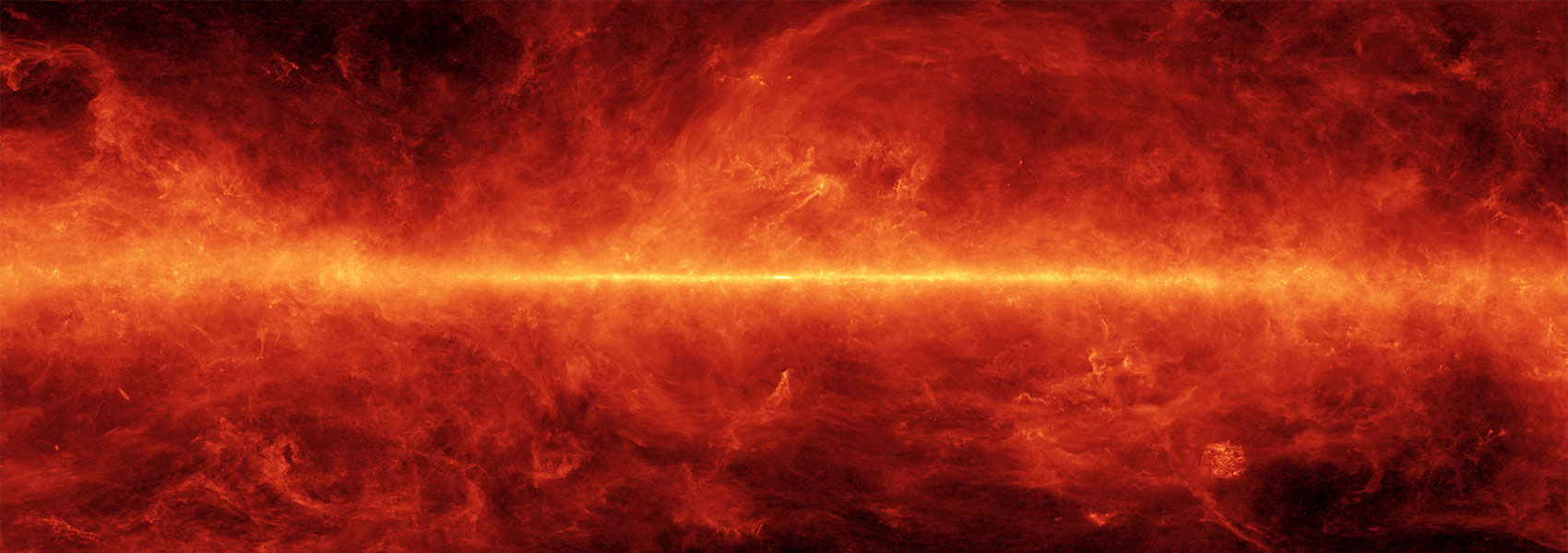August
2023
•
2023AJ....166...49D
Authors
•
Dai, Fei
•
Schlaufman, Kevin C.
•
Reggiani, Henrique
•
Bouma, Luke
•
Howard, Andrew W.
•
Chontos, Ashley
•
Pidhorodetska, Daria
•
Van Zandt, Judah
•
Akana Murphy, Joseph M.
•
Rubenzahl, Ryan A.
•
Polanski, Alex S.
•
Lubin, Jack
•
Beard, Corey
•
Giacalone, Steven
•
Holcomb, Rae
•
Batalha, Natalie M.
•
Crossfield, Ian
•
Dressing, Courtney
•
Fulton, Benjamin
•
Huber, Daniel
•
Isaacson, Howard
•
Kane, Stephen R.
•
Petigura, Erik A.
•
Robertson, Paul
•
Weiss, Lauren M.
•
Belinski, Alexander A.
•
Boyle, Andrew W.
•
Burke, Christopher J.
•
Castro-González, Amadeo
•
Ciardi, David R.
•
Daylan, Tansu
•
Fukui, Akihiko
•
Gill, Holden
•
Guerrero, Natalia M.
•
Hellier, Coel
•
Howell, Steve B.
•
Lillo-Box, Jorge
•
Murgas, Felipe
•
Narita, Norio
•
Pallé, Enric
•
Rodriguez, David R.
•
Savel, Arjun B.
•
Shporer, Avi
•
Stassun, Keivan G.
•
Striegel, Stephanie
•
Caldwell, Douglas A.
•
Jenkins, Jon M.
•
Ricker, George R.
•
Seager, Sara
•
Vanderspek, Roland
•
Winn, Joshua N.
Abstract
•
We report the discovery and Doppler mass measurement of a 7.4 days 2.3 R ⊕ mini-Neptune around a metal-poor K dwarf BD+29 2654 (TOI-2018). Based on a high-resolution Keck/HIRES spectrum, the Gaia parallax, and multiwavelength photometry from the UV to the mid-infrared, we found that the host star has ${T}_{\mathrm{eff}}={4174}_{-42}^{+34}$ K, $\mathrm{log}g={4.62}_{-0.03}^{+0.02}$ , [Fe/H] = - 0.58 ± 0.18, M * = 0.57 ± 0.02 M ⊙, and R * = 0.62 ± 0.01 R ⊙. Precise Doppler measurements with Keck/HIRES revealed a planetary mass of M p = 9.2 ± 2.1 M ⊕ for TOI-2018 b. TOI-2018 b has a mass and radius that are consistent with an Earthlike core, with a ~1%-by-mass hydrogen/helium envelope or an ice-rock mixture. The mass of TOI-2018 b is close to the threshold for runaway accretion and hence giant planet formation. Such a threshold is predicted to be around 10M ⊕ or lower for a low-metallicity (low-opacity) environment. If TOI-2018 b is a planetary core that failed to undergo runaway accretion, it may underline the reason why giant planets are rare around low-metallicity host stars (one possibility is their shorter disk lifetimes). With a K-band magnitude of 7.1, TOI-2018 b may be a suitable target for transmission spectroscopy with the James Webb Space Telescope. The system is also amenable to metastable Helium observation; the detection of a Helium exosphere would help distinguish between a H/He-enveloped planet and a water world.
Links





